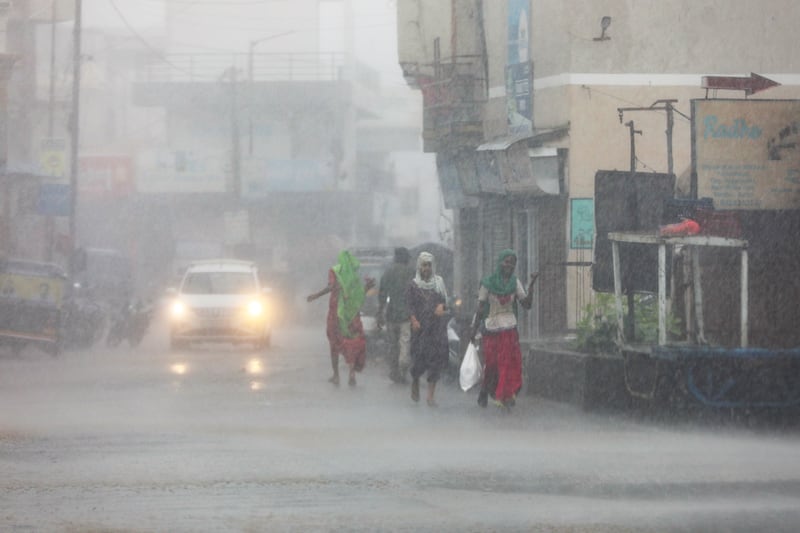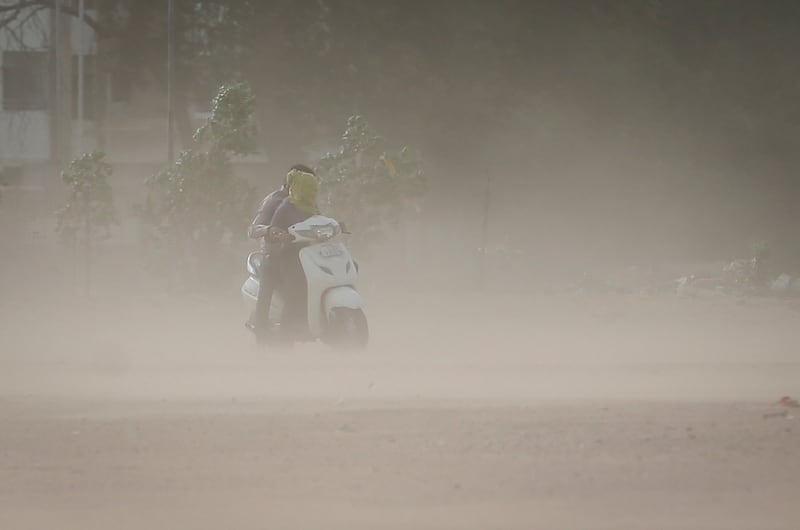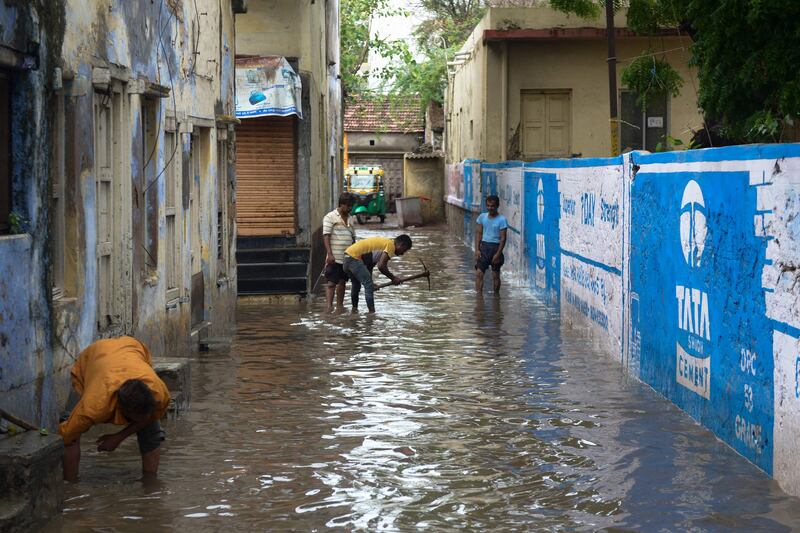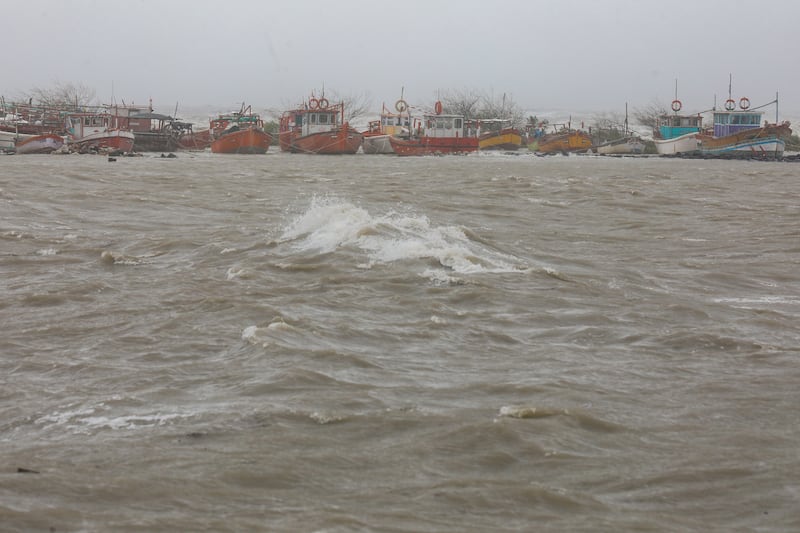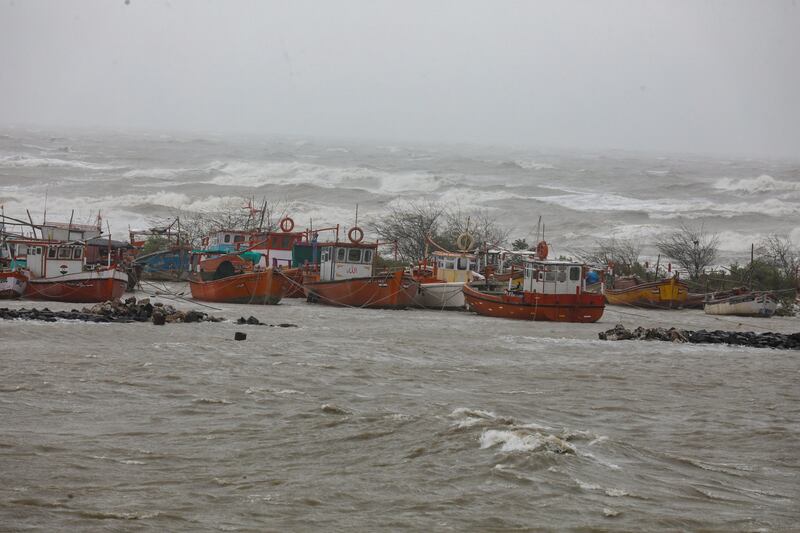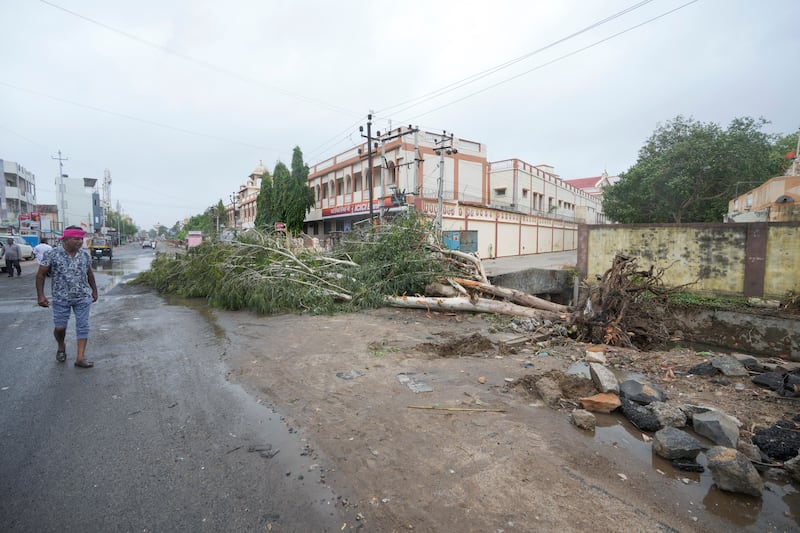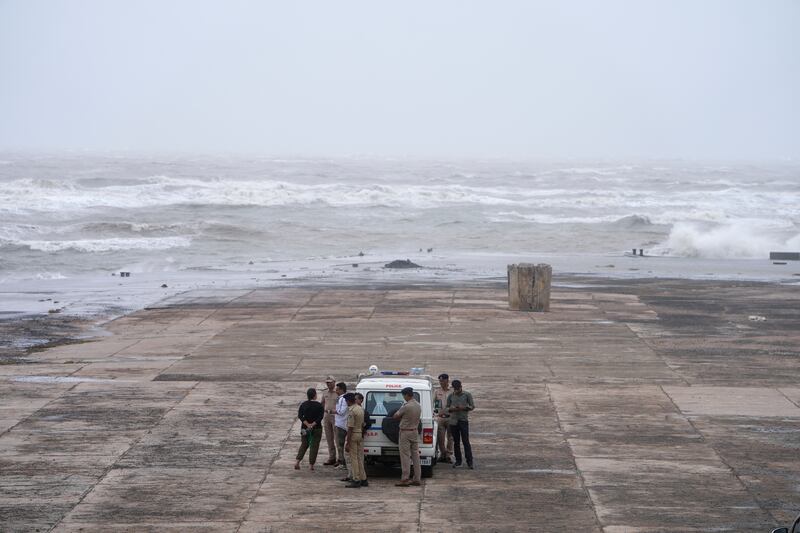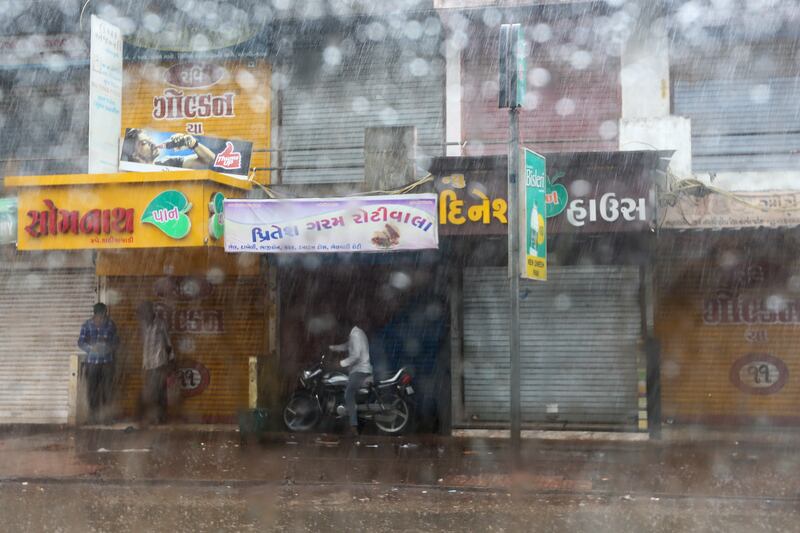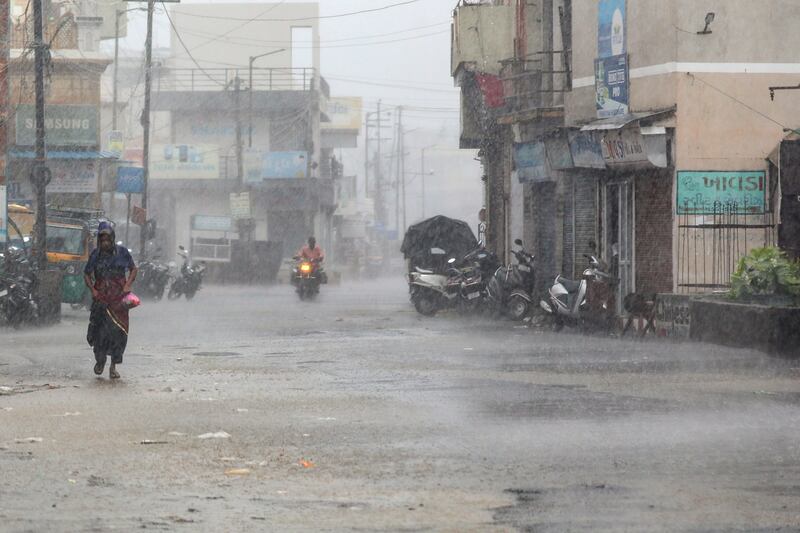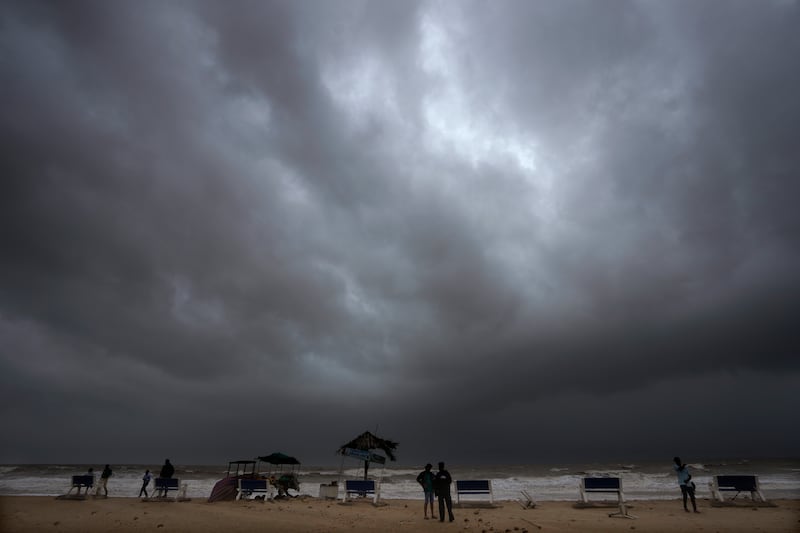The North Indian Ocean is not one of the most active regions in the world when it comes to generating cyclones, but those that occur tend to be some of the most devastating, Abu Dhabi scientists have found.
Only 6 per cent of the world’s cyclones occur in the region, but they tend to cause extreme damage in and around northern India, scientists wrote in Earth-Science Reviews.
Cyclone Biparjoy, the most recent to affect the area, destroyed buildings, led to widespread floods and caused power cuts in thousands of villages in Gujarat and Rajasthan.
The India Meteorological Department said it was also one of the longest cyclones ever observed in the North Indian Ocean, lasting about 13 days compared to the average of six days.
Twelve people were killed during Cyclone Biparjoy, but this is far fewer than Cyclone Tauktae in 2021, which killed 100 despite thousands being evacuated ahead of time, and Cyclone Fani in 2019, which tore through the eastern state Odisha, killing at least 89.
Worse still was Cyclone Ockhi, which formed in November 2017 in the Bay of Bengal and killed 884 people while causing significant damage in Sri Lanka and India.
More intense storms

New research by a global team of scientists, including Abu Dhabi Polytechnic, has revealed that tropical cyclones in the region are becoming more severe.
As the world’s climate warms, cyclones can pick up more energy from the sea and could become more deadly, according to the new paper in Nature Communications, co-authored by Ajaya Ravindran, an associate professor at ADPoly.
While they are becoming more intense, cyclones have been occurring less often in that part of the world in recent decades.
The key factor causing the cyclones to become stronger is an increase in sea surface temperatures and associated atmospheric circulation changes, both of which are linked to climate change.
“When there are warmer sea surface temperatures, there’s more chance for the cyclones to become intense,” Dr Ravindran said.
He and his co-researchers split the years from 1950 to 2010 into two periods – the first running from 1950 to 1980 and the second from 1980 to 2010. For the study period, they looked at low-latitude cyclones in both the Arabian Sea and the Bay of Bengal, and found a similar pattern in both.
Between 1950 and 1980 – described in the study as epoch one – there were 46 near-equatorial cyclones (forming between 5 degrees and 11 degrees north of the equator) that formed in the Bay of Bengal, compared to only 26 in epoch two, which ran from 1980 to 2010. This represents a decline of 43 per cent.
“That was a bit surprising,” Dr Ravindran said. “Usually because of climate change you will have more cyclones. It’s not the frequency, it’s the intensity that’s [increased] with climate change.”
The researchers found that a phenomenon called the Pacific Decadal Oscillation is causing the reduction in the number of cyclones in the North Indian Ocean.
The PDO is a long-term pattern of climate fluctuation that, depending on its phase, may cause warmer-than-average conditions in the Western Pacific and relatively cooler conditions in the Eastern Pacific, or the reverse, moving between its two extremes over a period of several decades.
Dr Ravindran and his co-researchers, who work at institutions including New York University Abu Dhabi and centres in India and the US, found that during epoch two, the PDO caused weakened air movements at low altitudes, known as vorticity, in the North Indian Ocean region.
At the same time, there was increased wind shear, which is a variation in wind speed at right angles to the direction of the wind.
These factors resulted in fewer cyclones forming between 1980 and 2010 when compared to the previous three-decade period.

However, as the PDO phase changes again, the number of near-equatorial cyclones is likely to rise, which, the scientists cautioned, could lead to impacts that should be planned for.
“In the presence of low-latitude basin-wide warming and a favourable phase of the PDO, both the intensity and frequency of such cyclones are expected to increase,” they wrote in their paper.
“Such dramatic and unique changes in tropical cyclonic activity due to the interplay between natural variability and climate change call for appropriate planning and mitigation strategies.”

El Nino or La Nina phase
Another Pacific-related weather system that influences cyclones in the North Indian Ocean is the El Nino and La Nina weather system.
The Pacific typically moves between being in an El Nino phase and a La Nina phase every three to four years, a much shorter timescale than the PDO.
The La Nina phase involves cooler waters being brought up from the depths of the Pacific and so is typically associated with slightly lower global temperatures.
The decline in the number of cyclones in epoch two was more heavily influenced by whether the world was in an El Nino or La Nina phase, with fewer cyclones in the El Nino phase. However, during epoch one, that relationship was much weaker.
As cyclones in the region become more intense due to a rise in sea surface temperatures, work by Dr Ravindran and others has found that the extreme rainfall released during the India's monsoons tends to become stronger.
Illustrating how complex the impacts of climate change are, Dr Ravindran said that parts of southern India were more likely to experience droughts in future.
Other global regions are also facing difficulties caused by increases in droughts, notably the Amazon basin of South America, where there are concerns that the lengthening of the dry season could accelerate the loss of forests already under threat due to logging.
